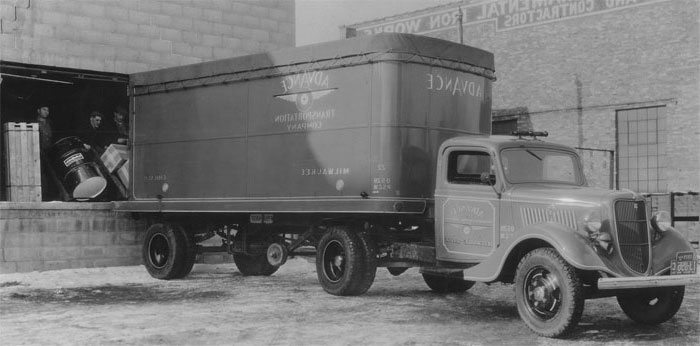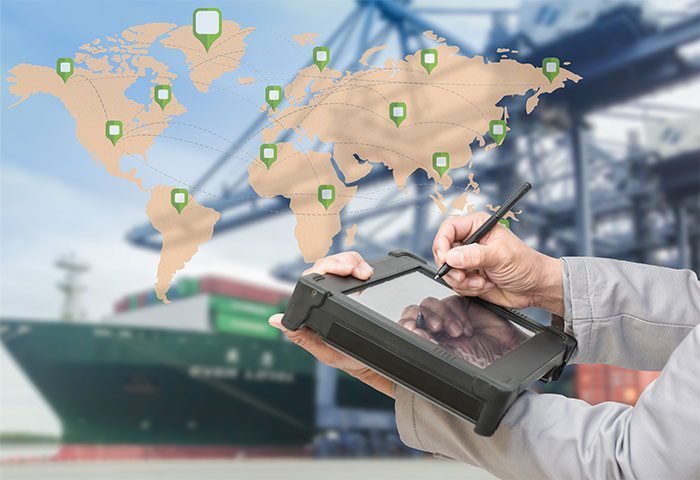The Evolution of Freight Forwarding: A Look Back and Ahead
Freight forwarding occupies a strategic position in the production chain, as it orchestrates the movement of goods from one place to another. A freight forwarder ensures that goods are transported from the point of production to their final destination, be it the marketplace or the end user. Achieving this requires well-organized logistics.
While freight forwarding may seem like a simple process of moving physical goods from one point to another, it is significantly more intricate. It encompasses logistics revolving around contracts with carriers, providing essential information to all parties involved, thereby ensuring smooth business operations.
History of Freight Forwarding
The history of freight forwarding extends centuries back. As early as 1800, the earliest freight forwarders were innkeepers who assisted hotel guests in holding and re-forwarding their goods. Over time, this system evolved into business-to-business contracts.
One notable example of this evolution is Thomas Meadows and Company Limited in London, England. Established in 1836, the company facilitated the transportation of items by contracting with a network of local carriers. It also assisted its clients with documentation and customs information.

With advancements in transport systems, such as reliable trains and steamships in the 1970s, international trade, particularly between Europe and North America, surged. Today, this trade continues to flourish as a dominant industry, with freight forwarding playing a pivotal role.
The Transformation of Freight Forwarding
Initially, freight forwarding was a labor-intensive task, with companies grappling with extensive paperwork. The bulk of time spent on transactions was devoted to managing documents, highlighting the need for more efficient processes.

The introduction of computer technology drastically streamlined these operations. Voluminous paper files in filing cabinets were replaced by computer hard drives, and operations became increasingly software-based. Broadband internet connectivity further expanded businesses’ reach, erasing geographical limitations.
This digital transformation has markedly improved the business of freight forwarding. Instead of making endless calls to choose a service provider, web platforms now enable quick and easy comparison of quotations from various service providers, streamlining the selection process and enhancing price transparency.
While the fundamental goal of freight forwarding—to help clients move goods from point A to B—remains unchanged from its inception, the means of accomplishing this have evolved dramatically for the better.



